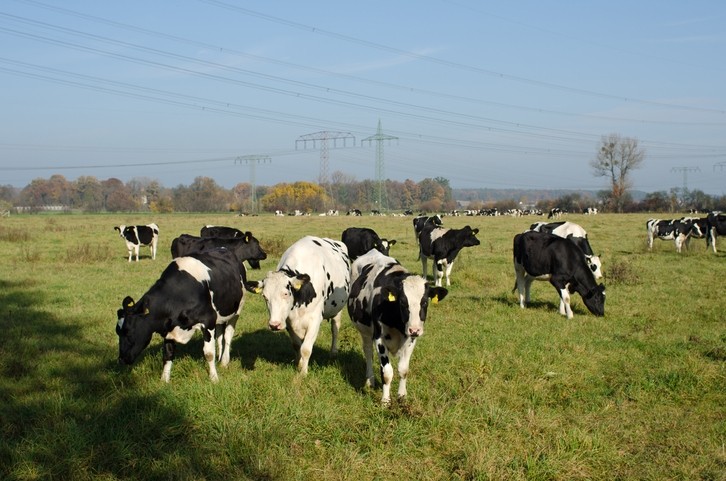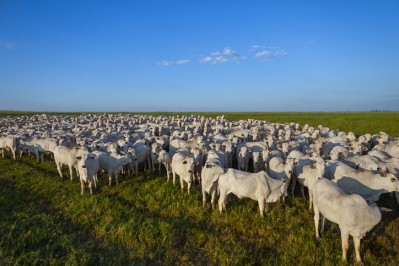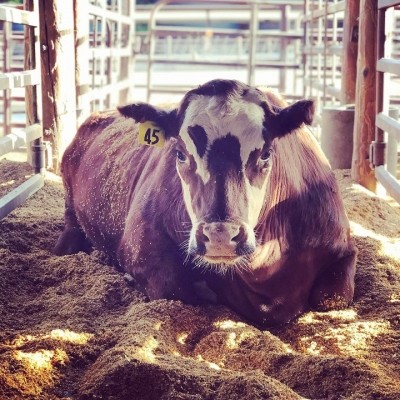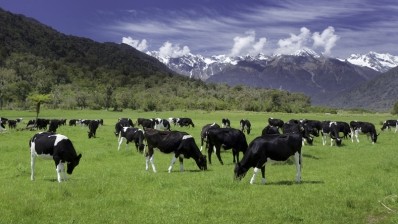Danish scientists look to curb methane emissions in dairy cows

The aim of the project, led by Department of Animal Science, Aarhus University and funded by the Danish government, is to reduce a cow’s methane emissions through feeding.
An investigation in the biological reasons for why cows differ in terms of methane production will also form part of the project goals.
The funding
The project, Feeding and phenotype of the climate-efficient dairy cow (FF-KO), is funded by the climate fund of The Ministry of Environment and Food of Denmark and runs from 2019 – 2022.
Project partners
The project is led by Department of Animal Science, Aarhus University, and is carried out in cooperation with the University of Copenhagen, SEGES, DSM, Arla and Novozymes.
The loss of methane from the cows’ rumen currently accounts for up to 700 liters per cow daily, said the researchers involved.
Preliminary studies undertaken at that university have shown that the cows’ methane emission is significantly affected by feeding. On that basis, the new project is zoning in on feed, rumen metabolism, phenotypes, as well as measuring and assessment methods.
The animal scientists are also looking evaluate the effect of existing additives as methane emission busters, and, in cooperation with industry, said they will work on development of new additives, which, they hope, in time, can ensure a significant reduction of the cows’ methane production without affecting the animal’s health, nor the quality of the milk produced.
Defining the efficient dairy cow
The researchers said they will look to identify the dairy cows that have a low and high loss of methane, respectively.
“It is well-known that the production of methane varies markedly among the animals. However, it is not yet [determined] which of the physical, physiological and microbial qualities distinguish the climate-efficient dairy cow from the less efficient dairy cow,” said the project lead, professor Peter Lund, Department of Animal Science, Aarhus University.
Thus, another aim of the researchers involved is to define the phenotypic qualities, those expressed via appearance and physiology, that characterize the efficient dairy cow.
An earlier study at Aarhus University Foulum indicated that cows’ enteric methane emissions decreased markedly when the amount of roughage in the feed ration was limited.
However, such a feeding strategy would not be applicable in practice, said those leading the study, as it challenges the cows’ health as well as farmer profitability.
Roughage quality, 3NOP, seaweed
As part of our podcast series, Feed Matters, in January, we talked to methane emission reduction expert, Dr Jan Dijkstra, associate professor, ruminant nutrition, Wageningen University.
He analyzed major developments in this area for us from work done with seaweed to the methane reduction success rate to date recorded in trials on DSM's feed additive, 3NOP. He also evaluated the impact of roughage quality on methane production in ruminants and how this can differ depending on the type of animal involved - sheep, beef cattle or dairy cows.
Finally, he assessed the impact of residual feed intake and feed efficiency on methane release in livestock and determines how effective it is to go down the genetic route and select for low methane emitting cows.















